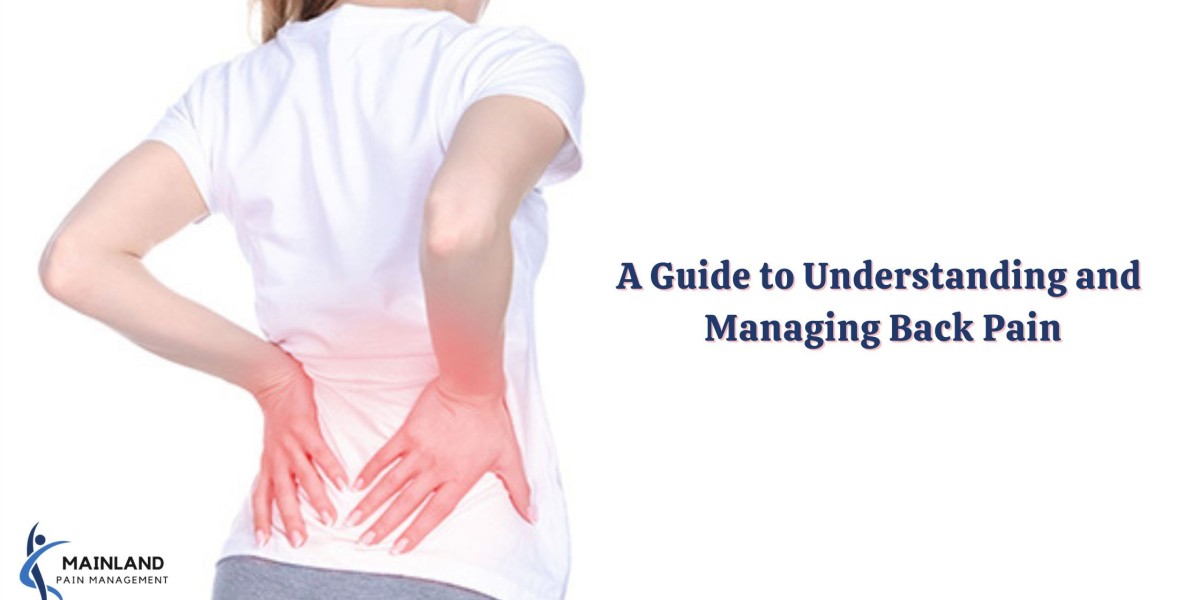The fallopian tubes are an essential part of the female reproductive system. It plays a crucial role for successful fertilisation. The damage or blockage of one or both tubes leads to infertility and various other health issues.
Through this blog, we are going to address aspects of blocked fallopian tubes, including causes and symptoms. Additionally, by taking reference from a leading gynaecologist cum sexologist for females in Mumbai like Dr. Chaitali Mahajan Trivedi, we will provide diagnosis and treatment options for the concern.
What is Fallopian Tube?
The fallopian tubes are a pair of thin tubes. These both tubes are connected with the both right ovary and left ovary. Their primary role is to create a path for a mature ovum to be fertilised and let the embryo to implant at uterus lining. The blockage or damage of the tubes affect the procedure of fertilisation and cause infertility.
Causes of Blocked Fallopian Tubes
- Infections: Pelvic inflammatory disease (PID), caused by sexually transmitted infections like chlamydia and gonorrhea, is a most common cause for tube blockages.
- Endometriosis: When tissue similar to the lining of the uterus grows outside the uterus, endometriosis occurs and it can obstruct the tubes.
- Pelvic Surgery: Past surgeries in the pelvic area, such as those to treat ovarian cysts or ectopic pregnancies, can cause adhesions or scarring in the fallopian tubes.
- Ectopic Pregnancy: Implantation of a fertilised egg in a fallopian tube causes damage or blockage of tubes.
- Congenital Issues: Rarely, some females may have congenital structural abnormalities in their fallopian tubes. It leads to tubal blockages.
Symptoms of Blocked Fallopian Tubes
Blocked fallopian tubes often have no noticeable symptoms. But, the underlying conditions that cause tube blockages may lead to symptoms like
- Pelvic Pain
- Unusual Vaginal Discharge
- Irregular Menstrual Cycles.
Diagnosis
Diagnostic tests for blocked fallopian tubes include following outpatient medication examination:
- Hysterosalpingography (HSG): This procedure involves injecting a contrast dye into the uterus and fallopian tubes and then taking X-ray images to identify any blockages or abnormalities.
- Laparoscopy: It is a minimally invasive procedure, in which a tiny camera is inserted through a small incision in the abdomen to directly view the fallopian tubes and surrounding structures.
Treatment Options
The treatment approach for blocked fallopian tubes depends on the severity of the blockage and the underlying cause. Options may include:
- Medications: Antibiotics can treat infections that cause blockages, while hormonal therapies may manage conditions like endometriosis.
- Surgery: Laparoscopic surgery can be used to remove adhesions or open blocked tubes. In severe cases, a surgeon may recommend removing damaged tubes.
In some cases, if only one fallopian tube is blocked, it's still possible to conceive naturally through the unaffected tube.
Conclusion
Blocked fallopian tubes create significant obstacles for couples trying to conceive, but with early diagnosis and appropriate treatment, this problem is reversible. If you are suspected to have blocked fallopian tubes, consult a healthcare professional like Dr. Chaitali Mahajan Trivedi. She is a leading gynaecologist in Mumbai. She at Nanavati Super Speciality Hospital provides effective tubal blockage removal. To learn more, book an appointment with her now!








